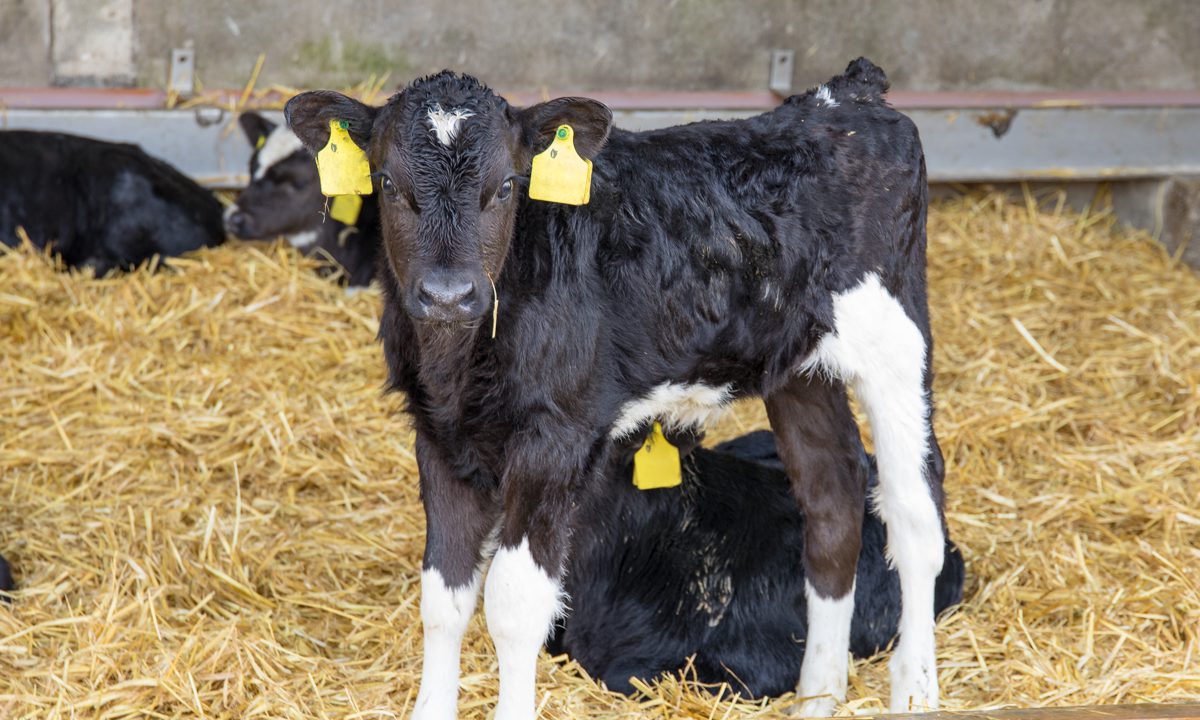With the 2024 breeding season on the horizon, the Irish Cattle Breeding Federation (ICBF) and Teagasc have developed a set of breeding guidelines to improve the sustainability and resource efficiency of dairy herds.
The guidelines have apparently been endorsed by the Calf Stakeholder Forum which is led by the Department of Agriculture, Food and the Marine (DAFM).
The forum consists of key industry stakeholders, including DAFM, farmers, ICBF, Teagasc, the national artificial insemination (AI) companies, milk and meat processing industries, Bord Bia and Animal Health Ireland (AHI).
The guidelines include a seven-point plan, which, if followed, will ensure the continued sustainable improvement of dairy herds into the future, according to the stakeholders.
In recent correspondence to dairy farmers, the group said it has also agreed on the following overarching principles for the future dairy herd, which are supported by the breeding guidelines.
New breeding guidelines
According to the new guidelines, the goal is to breed a dairy cow that:
- is healthy and resource efficient (requiring fewer interventions, less labour, and less nitrogen (N) and potash (P) use);
- is sustainable (profitable and carbon efficient);
- will produce calves that can integrate into our beef industry.
The group is urging dairy farmers to consider the goals by looking at their ICBF Herd EBI scorecard.
The report identifies the strengths and weaknesses in each farmer’s herd from a genetic perspective and will help farmers set breeding objectives.
According to the ICBF, the best way to achieve the new goals is to maximise the use of AI in the herd.
This can be achieved by using a team of high EBI dairy AI bulls on females with an EBI of at least €170 to generate dairy replacements, as well as using high Dairy Beef Index (DBI) beef AI bulls on lower EBI females.
Seven-point plan
The seven-point plan issued by the ICBF and Teagasc emphasises EBI as the tool to deliver on the “three pillars” of on-farm sustainability.
The seven-point plan encompasses the following information for farmers:
- Herd genetic merit has a direct effect on a farm’s performance and profit, so it pays to know your herd’s strengths and weaknesses. Refer to your ICBF Herd EBI Scorecard to help establish what these are;
- Use sexed semen to generate most or all of your dairy heifer calves for 2025. Plan to use at least two high EBI sexed semen straws to generate each dairy female required;
- Only use females with an EBI of at least €170 for mating to high EBI dairy bulls (either sexed or conventional). All remaining females should be mated to beef bulls with a high DBI and a high beef sub-index value from the start of the breeding season. If you will not achieve enough dairy replacements with this strategy, consider sourcing replacements from high health status herds with an individual EBI of at least €220. Sourced stock should all be AI bred and genotyped;
- Order your sexed semen as soon as possible to ensure that the bulls you select are available. Select a team of high EBI AI bulls from the ICBF dairy active bull list to breed your dairy herd replacements. Use the team of bulls equally across the herd with no more than 15% of matings to any individual bull to minimise genetic and fertility risks. For a typical 100-cow dairy herd, at least eight bulls should be used, with no more than 15 straws (i.e., 15% matings) to any individual bull;
- To generate saleable, profitable and sustainable dairy-beef cattle, use beef AI bulls from the ICBF dairy-beef active bull list. Firstly, select bulls with a calving difficulty percentage range suitable for the females being mated (i.e., first calvers, second calvers, mature cows), and then select beef bulls with the greatest beef sub-index value. This strategy will increase the commercial beef value (CBV) of the resulting dairy-beef calves;
- Use the ICBF HerdPlus Sire Advice Tool. The tool allocates dairy bulls to females based on their strengths and weaknesses, as well as manage in-breeding. The tool also identifies the optimum beef AI bull mating to minimise calving issues and maximise beef merit;
- Ensure that inseminations with sexed semen are completed in the first three weeks of the breeding season. Prioritise sexed semen usage on maiden heifers, younger cows, earlier calving cows, and cows without health issues. The optimum timing of AI for sexed semen is 14 to 20 hours after the onset of standing heat.

The ICBF has stated that there is large variation in the beef merit of calves, even within breeds.
Research by the federation has shown that calves bred from higher genetic merit beef bulls have easier carcass weights, better conformation and are more likely to meet factory specifications than calves bred from lower genetic merit bulls.
